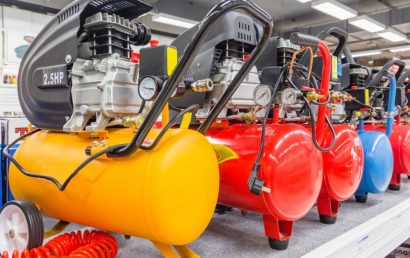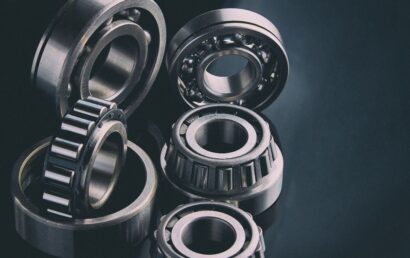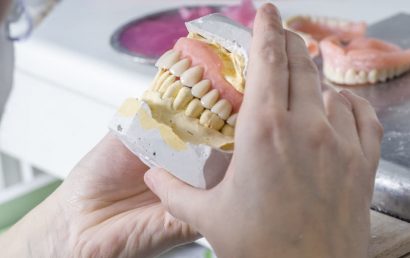Using Babbitt As A Metalizing Material
Patented back in 1839 by Isaac Babbitt, the white metal alloy named for him has undergone a transformation of sorts through the years. Originally, the Babbitt formula consisted of 3.6% copper, 7.1% antimony, and 89.3% 10. Some manufacturers still use that formula today.
However, in this day and age, other white metals can be referred to as Babbitt. These can be tin or lead, antimony, or copper. What makes these metals so special is that, as well as being known for their soft/hard composition, they are perfect for offering low friction resistance and wear; but offer excellent wetting and corrosion resistance.Antimony and copper form, throughout the structure, hard crystals. While lead and tin are soft. Allowing for better absorption of the lubricant, the wearing of the softer metal also works with foreign particles present.
Uses Of Babbitt
The metal referred to as Babbitt can be used to line bearing shells made from bronze, steel, and cast iron. (Bearings are seen commonly in engines. They protect mechanical parts from degradation as a result of friction and support those parts as well.) The function of this lining is to prevent common wear when a lubricant can’t. Specifically, the welding together of a bearing’s moving parts is discouraged by the Babbitt lining. So, it ends up lengthening the life of the bearing.
Iron kettles are used to melt Babbitt metal. It is then pumped or ladled into molten alloy. For tin bearings, the backing or bearing shell is pre-coated with tin. For lead base bearings, lead/tin is used. The white metal is cast into the backing while the coating is still molten. It is then allowed to solidify. This serves two purposes:
- Restricts intermetallic compound growth
- Prevents contraction cavities
Once it has hardened, machining is used on the lining to bring it to a specified thickness and give it a mirror-bright finish.
But a faster, and undoubtedly more efficient method of applying Babbitt is to spray it on the shell of the bearing. This can be done through a specific, highly specialized spray process.
Spraying Babbitt
A lead free, high grade tin based Babbitt wire has been created primarily for combustion and electric arc wire spraying. This high-grade type of metal is perfect for heavy duty and high-speed bearings. The reason is because they require the highest possible quality coatings – particularly when they are used in applications which are considered critical. These specialized Babbitt coatings are low in coating oxide and they are ductile. They also possess a metallic, bright appearance.
The melting point of this wire is approximately 695°. The typical composition is 3.5% copper, 7.5% antimony copper and a tin balance.
Physical properties of the coating are as follows:
- >0.200” thickness limitation
- 1,200 PSI coating bond strength
- .03 coating weight (lb/ft2/.001”)
- 3 density (g/cc)
- <50 machined (aa) surface finish
- 400-600 as sprayed (aa) surface finish
The Babbitt coatings are either wire or combustion sprayed. Once that step has been completed, through conventional techniques, the Babbitt can be machine finished. If you would like more information regarding this process, please contact us at A&A Coatings with any questions.



